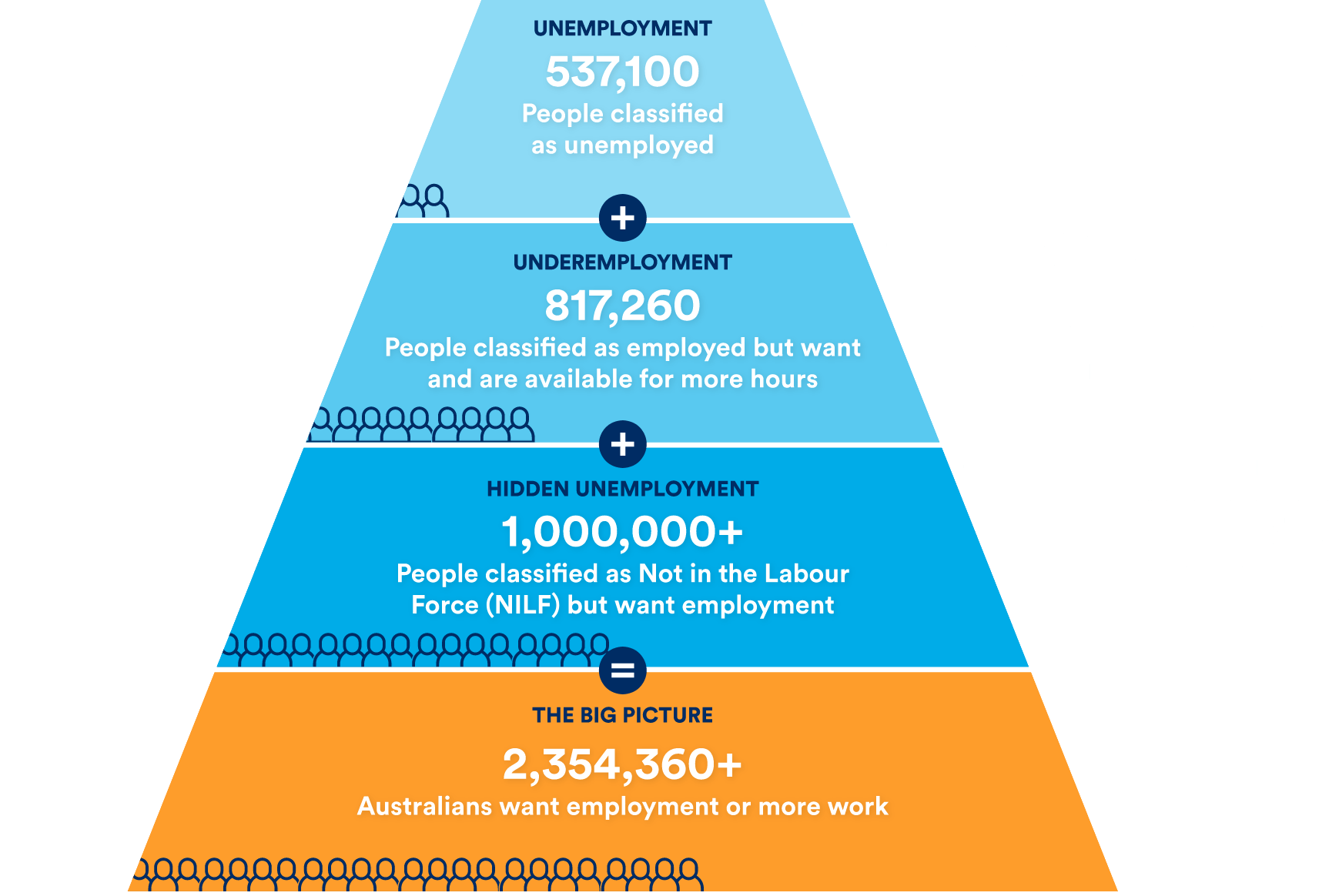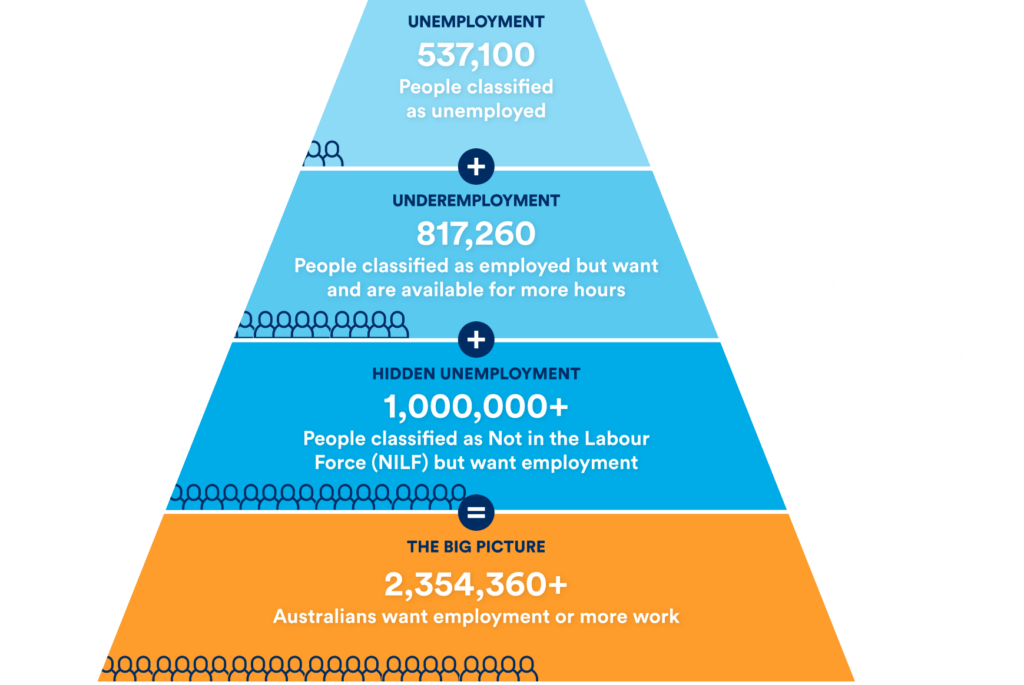– Sally Sinclair
CEO, NESA
Question:
After NESA’s achievements over the past year in the employment services sector, what future opportunities and challenges lie ahead?

Chair's
Report
2021-2022 was a busy and demanding year and many of the challenges that members, the sector, and NESA faced will continue in 2022-2023.
Reform has always played a huge role in the employment services sector and there have been several iterations of reform and change since its inception in 1988, but perhaps none more profound than the transition to Workforce Australia. The impact of the procurement announcements on members’ businesses and subsequent challenges arising from the transition to a new model added stresses on a sector that was still recovering and resetting after COVID.

CEO's
Report
2021-2022 was once again a year that presented ongoing business and operational challenges as the global pandemic continued to prevail and regional areas were affected by major flooding. For the employment services sector these challenges added another layer of complexity on top of the uncertainty and stresses of transitioning to one of the most significant reforms in Australia’s employment services since 1998, Workforce Australia.
While the underlying principle for the reform is to strengthen and improve, as noted in the Productivity Commission’s, Introducing Competition and Informed User Choice into Human Services: Reforms to Human Services, Inquiry Report, major reform of any human service is complex, often costly and disruptive to users and providers, take considerable time to fully implement, and affect the lives of many (sometimes vulnerable) users with overly ambitious reforms and rollout schedules having potential to lead to issues in implementation.
Labour market and employment services update
NESA uses labour market and employment services updates to keep informed and gain insights into key workforce trends including measures of participation in the labour market, employment, unemployment, and underemployment.
There are many sources of data and labour market information that NESA uses to obtain material and evidence to support its policy responses to government. These include national sources such as the Australian Bureau of Statistics and Australian Government Labour Market Insights, and international sources including the International Labour Organisation and Organisation for Economic Co-operation and Development.
Impacts of COVID-19 on The Australian Labour Market:

Source: ABS Labour Force. Detailed. Australia. February 2022
Key job Statistics
The following are snapshots of the types of statistics that NESA uses to inform its advocacy and representation.
Australian Cohort Comparison - jobactive Caseload Index between Feb-20 to Feb22

Source: DESE jobactive data. February 2022
Average Unemployment Rate (%) in Australia between Sept-12 to Mar-22

Source: Australian Bureau of Statistics, Labour Force, Australia September 2022


 NESA also actively supported members and the sector as they navigated through the continual challenges of working in a COVID impacted economy. Areas of support included representation to government on the difficulties members faced in engaging participants during the shutdowns, and when the economy and workplaces re-opened, the rapid start-ups and pressures to fuel the country’s workforce. These challenges were in conjunction with the pressures of managing the health and well-being of their own workforce in an environment where the virus was still prevalent.
NESA also actively supported members and the sector as they navigated through the continual challenges of working in a COVID impacted economy. Areas of support included representation to government on the difficulties members faced in engaging participants during the shutdowns, and when the economy and workplaces re-opened, the rapid start-ups and pressures to fuel the country’s workforce. These challenges were in conjunction with the pressures of managing the health and well-being of their own workforce in an environment where the virus was still prevalent.
 NESA continued to work diligently to ensure we remained the voice for the sector, that our profiling of the good work that our members do each day reached a wider and broader audience, and that our advocacy and representation was strategic and influential and vigorously supported our members.
NESA continued to work diligently to ensure we remained the voice for the sector, that our profiling of the good work that our members do each day reached a wider and broader audience, and that our advocacy and representation was strategic and influential and vigorously supported our members.

